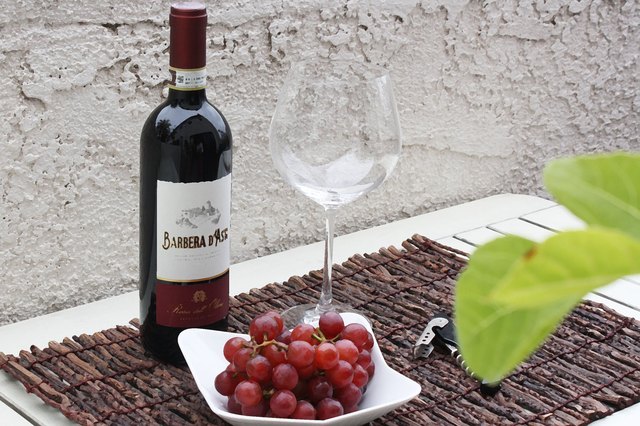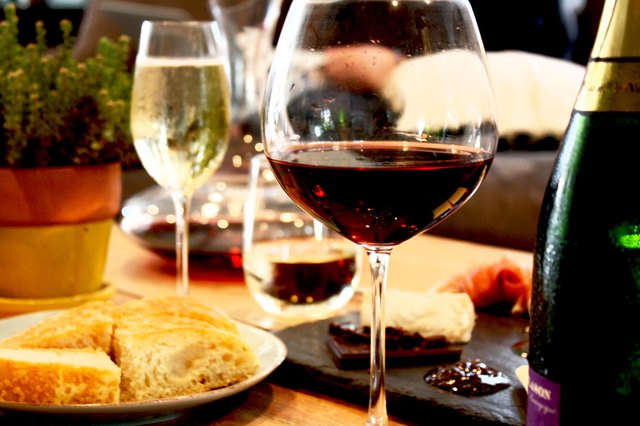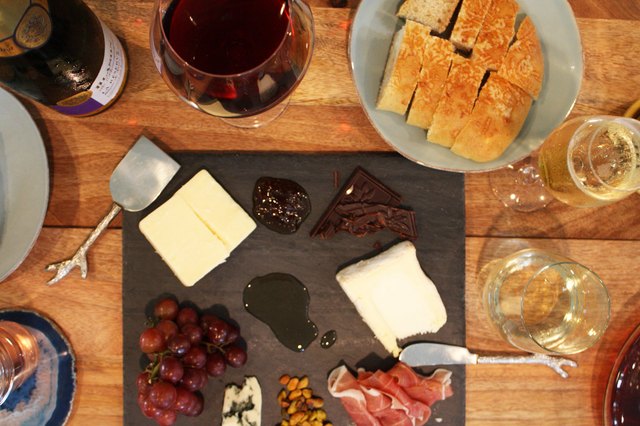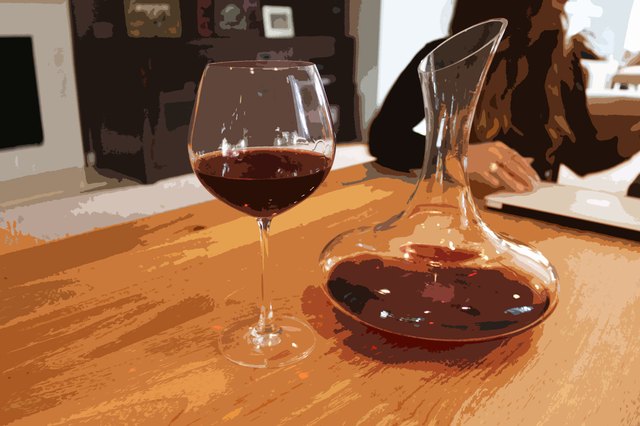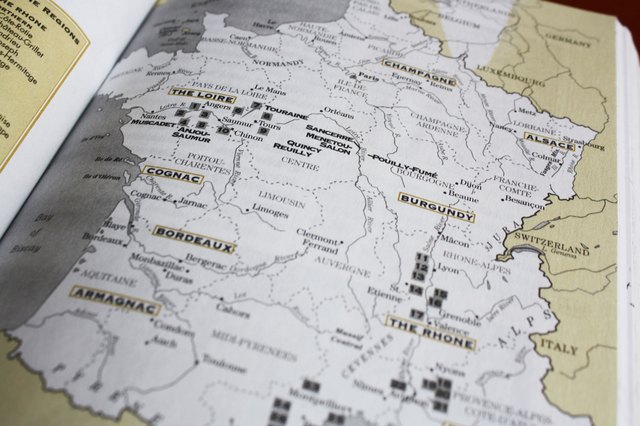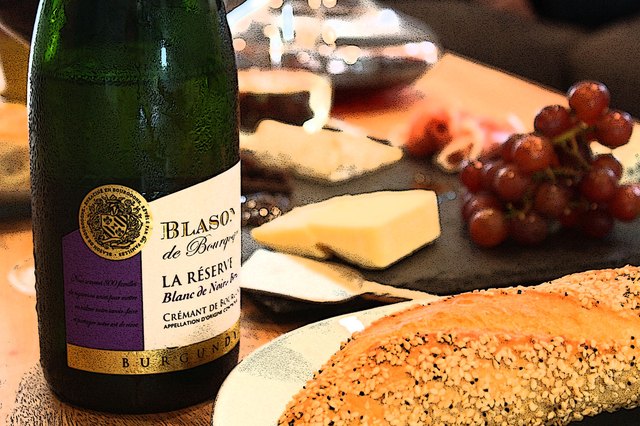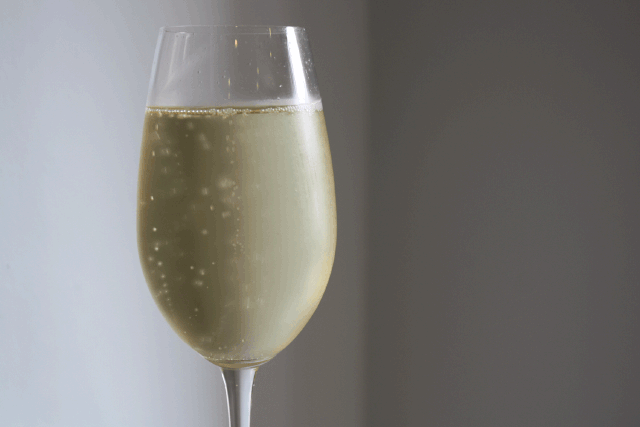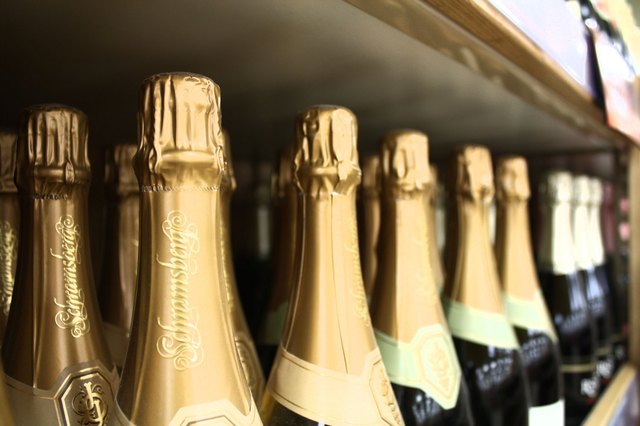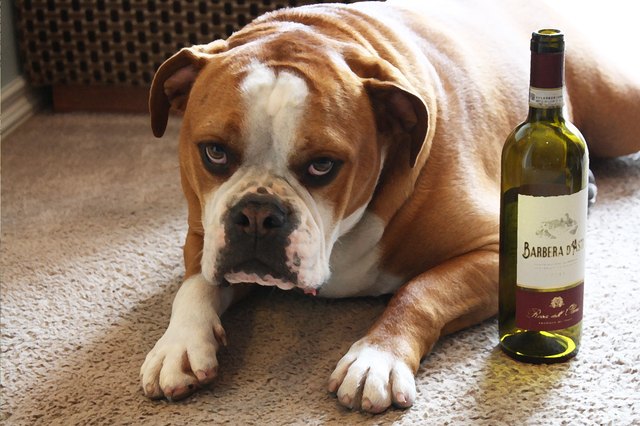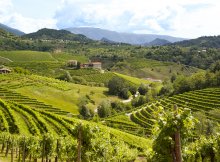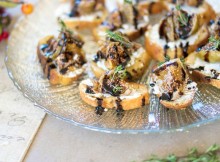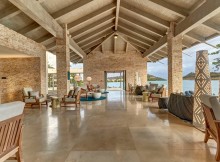14 wine questions you may not dare to ask
Advertisements
Do you really taste when you drink? Do you want to increase your knowledge of wine and improve your entertainment games? From the right service skills to interesting facts, to the next party to surprise your guests. So, take your wine key and open the bottle you've been saving - what better time than reading and drinking wine? Sarude!
credit card: Niki gruttadauria Advertisements various factors need to be considered when deciding how much wine to buy for your event. Although the catering industry likes the proportion of one bottle per person, it may cause excessive harm to your activities. Answer the following questions to determine the amount of wine you should buy. What time is your party? Generally speaking, if the party is in the evening, the guests will prefer to drink more wine. Will there be dinner at your event? If guests are offered a meal, they may drink more. Professionals in the hotel industry recommend two to four glasses for each person, five glasses for every 750 mL, and one bottle for every two people. But still, having too much is better than not having enough. How to buy wine it's easy to be scared when entering the wine store. With more than 40 wine producing countries, it's no surprise that ordinary people are overwhelmed by so many choices. It's a good plan. Think about how much wine you need. Generally speaking, wine stores are divided by country. If you know what kind of wine you like, you need to make some guesses. And remember your food choices for tonight. Fish and light food go well with white and light red. If you are serving beef, a glass of hot red wine will be a good accompaniment. If you are not confident, a real wine store will have a knowledgeable and enthusiastic employee: if you are in trouble, don't be afraid to ask them for help. Now listen to the author of the Simpsons, who shared his interesting journey from couch potatoes to marathon three. A common misconception is that you should drink red wine at room temperature (72 degrees Fahrenheit), while white wine should be refrigerated. This is not good for the tasting process, because too warm wine will show the state of alcohol, relaxation and over ripeness, while the taste of too cold wine will be completely suppressed or hidden. Champagne, rose and lighter white wines should be served at the coldest temperature between 40 and 50 degrees Fahrenheit; keep them in the fridge for two to three hours before drinking. Full bodied white wines, such as Chardonnay or Viognier, lighter bodied red wines, such as Pinot Noir, should be consumed between 50 and 60 degrees Fahrenheit and cooled within 90 minutes. The bottle will feel cold to the touch. A full-bodied bottle of red wine, such as Cabernet Sauvignon, Zinfandel and nibiolo, is between 60 and 65 degrees Fahrenheit, about 45 minutes in the refrigerator, and feels a little cold at the touch of it. Correct wine pouring skill although we can be sure that as long as you pour the wine into the cup, you can go, but there are several basic rules to remember when carrying the wine. The glass can only be half full: this leaves enough space for the glass to rotate, filling the wine with oxygen, thus developing and enhancing the flavor. You can refill the glass at any time, just don't pour it over the middle. The only exception is champagne. The champagne glass should be full with two fingers at the top. Don't refill the champagne until the glass is almost finished. Because champagne is best served at a very cold temperature, it is possible to heat it up by filling a half cup glass. Read more: the 13 worst alcoholic beverages are sure to spoil your diet. When it comes to wine consumption, the order is very important. You can't start tasting the thick tannins of California Cabernet Sauvignon in one night, and then start tasting Pinot Noir in Burgundy. Your palette will be contaminated, and if you drink before a heavier wine, you won't be able to taste the latter wine with the same objectivity. White people should drink before red. Lighter wines should be drunk before heavier ones. Dry wine should always be drunk before sweetness. Finally, before you drink good wine, you should drink some less important wine, because once you taste the real special wine, it is difficult to return to the simple table. Credit: Niki gruttadauria the best way to learn about wine is to experience it. Tasting anything is the best way to expand your understanding of this delicious topic. First, wine is subjective. Know what you like and drink. That said, if you can reach a place that is both objective and subjective, then you really become an alcoholic. Taste with an open mind. As the old saying goes, "don't judge a book by its cover," so does the wine label. Blind wine tasting is indeed the most beneficial way to learn wine, because all your prejudices about a certain grape or wine making area have disappeared, and only wine can be expressed in the most real form. Credit: Niki gruttadauria wine can be divided into five components: 1) alcohol: change juice into wine components. Alcohol affects the body, texture, aroma and flavor of wine 2) acid: naturally occurring in the pulp of grape. The time of grape harvest determines the acid balance. You can taste it at the mouth. 3) the dryness of the top of the tongue is the expression of tannins in wine. Tannins give the wine structure and backbone, which are natural preservatives. 4) fruit flavor or fruit performance in wine does not mean that the wine is sweet; on the contrary, wine only expresses the forward quality of fruit, such as the taste of sour cherry or ripe blackberry. 5) the sweetness (or dryness) of wine refers to the sugar content, that is, how much sugar is left in the wine when the fermentation stops. read more : don't say 10 things to people who don't drink does not have the right glass to drink; you can drink from any container you choose. However, if you are concerned about which glassware is suitable for makingYes, here are some good tips: 1) stem is your friend. I know that glassware without handles looks modern and clean, but if you don't have a stem to support it, you may heat the wine. 2) a big clock or bowl means more air can fill the glass, which helps oxygenate, or what people call "let it breathe." This "opens" a bottle of wine to make it more expressive. 3) the opening at the top of the glass should be a little narrow, so as to concentrate the fragrance of the wine on your nose when you drink. 4) there is no need for separate white wine and red wine glasses. The store wants you to think you need a set, but it's just their bottom line conversation. Credit: nikiglutadullia Advertisements read more: 17 best hangover treatments and remedies. Wow factor: facts of France if you want to improve your wine game, try adding the French word "terroir". Terroir is the unique taste and flavor given by wine growing environment. Karen MacNeil, the author of wine Bible, eloquently defines the geomancy as: "the total influence of any given place - soil, slope, direction towards the sun, altitude and every nuance of climate, including rainfall, wind speed, frequency of fog, accumulated sunshine hours, average high temperature, average low temperature, etc. No word in English means the same. " Credit: Niki gruttadauria do you know that French wine is named after villages, not grapes? It's because of the climate. No AOC certified wine will be labeled as a grape, only the name of the vineyard and the village where it was produced. They want wine to be differentiated by origin, not by grape variety. Those who believe in the old world concept of brewing put "where" in a prominent position. The history of wine is long and complex, a traditional feeling has been woven into a whole by those countries there. Wow factor: the history of champagne most people are familiar with the very expensive champagne DOM Perignon. What they may not realize is that domperignon is a wine monk, and he is also responsible for many of the champagne he produces with t to this day. The little sparkling bubbles that make champagne so special are dancing around your glass. They don't just inject carbon dioxide into the bottle, they give it that effect. These bubbles are the result of a second fermentation in a bottle. Please read more: 18 foods with a "bad reputation" are actually good for you. Wow factor: like many other winemakers at that time, the science behind champagne was trying to produce wines that were comparable to those of southern France. Champagne is located in the north of France. The cold winter and generally lower temperature will stop the fermentation process. When the weather warms up again in spring, the yeast will wake up and start a second fermentation in the bottle. This process releases carbon dioxide, which is trapped in a bottle, creating classic bubbles that we all know and love. At first, the bubble was not a popular event, because it made champagne stand out from other parts of France. Once Perignon and others accepted the bubbles and improved their craft, champagne became one of the most popular wines in the world. What's your favorite wine? When you go out to dinner, do you have any interesting things that amaze your friends? Do you have any wine tasting skills you swear? Please leave us a message below to make our thoughts more open! Please remember to drink responsibly! Credit: Niki gruttadauria Advertisements 1. How much wine you should buy
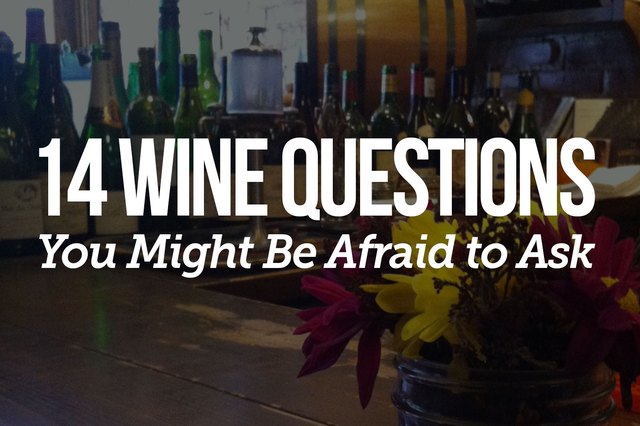

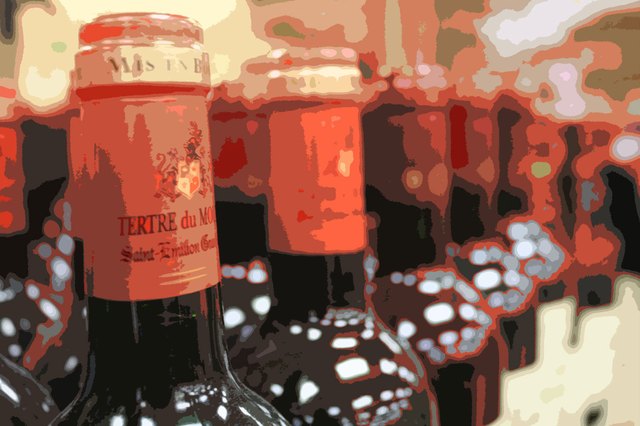
6. Don't drink it, taste it
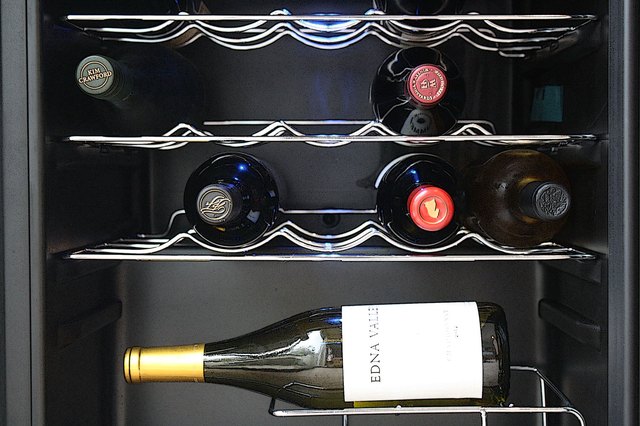
7. What is wine?
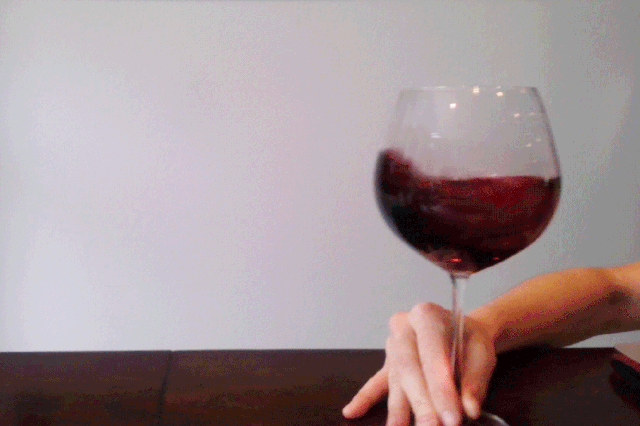
8. Which type of glass to use
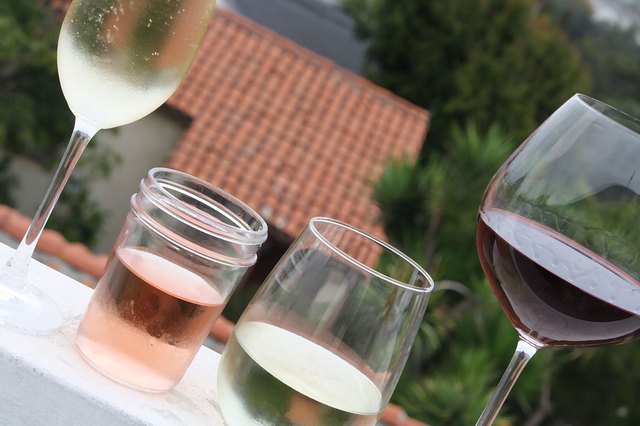
9. What should you do? What kind of activities would you like to hold? Is it a party without formal dinner? Choose wines that do not require food: Champagne, rose, Pinot Noir, Sauvignon Blanc and Pinot Noir are good examples. If you are serving dinner, please keep the menu when you choose wine. Salad and seafood with light, refreshing white wine taste very good, and meat dishes are often more suitable for red wine. Also consider the style of the food. If you're making Italian food, it's best to serve Italian wine, because wine and food from a certain country are bound to go hand in hand. You will also want as many flavors as you can, so stick with wines that are not too light or too heavy. Most Italian red wines are medium bodied, with a structure suitable for those who prefer a larger body, but still smooth enough for those who prefer a lighter body. Please read more information: 18 bottles of healthy beer. When decantation and when inflation are similar processes, but for different reasons. When you have to remove the wine from the sediment at the bottom of the bottle, you have to pour it out. Generally speaking, aged and heavier wines tend to have more sediment. You can use a sieve placed on a wine bottle or a large wine bottle, pour it slowly, do not tilt the bottle too far, so that you will not damage the sediment. Leave the last inch or so of wine in the bottle. When wine needs air to breathe and open, inflate it. When air is introduced into a wine that may be considered tight, you can oxygenate the wine to make it more expressive. Just pour the wine into a large bottle or bottle to do the job.
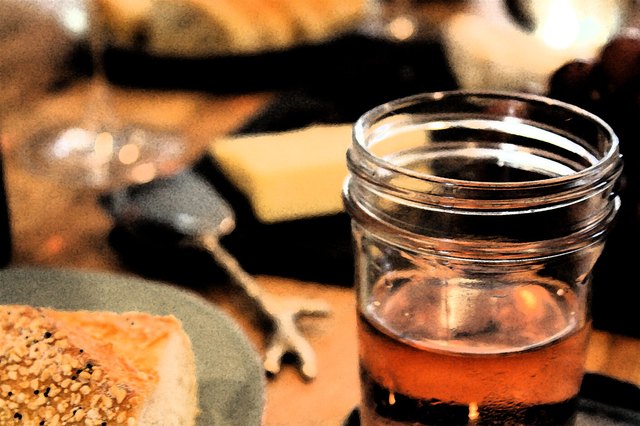
12. Wow factor: French wine nomenclature
